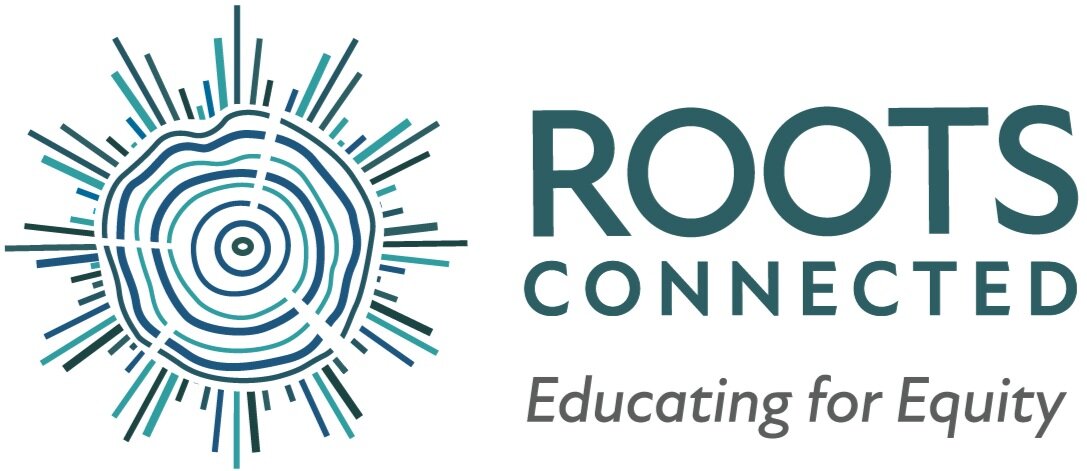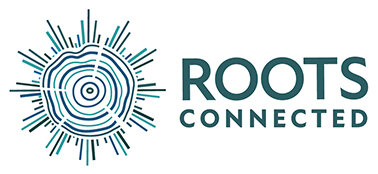Teaching Social Action
“You cannot do justice, you cannot love mercy, unless you are hopeful about what you can do in the world. Hopelessness is the enemy of justice. Hope is what will get you to stand up when other people say sit down. Hope is what will get you to speak when other people say be quiet.”
Second graders created flyers to raise awareness about needed improvements to public transportation.
One way to care for students when learning about topics or issues that can be hard, is to nurture their natural desire to help, by helping them think about how they can engage in social action. This resource shares an approach to teaching social action in a way that centers hope.
The diagram below shows an approach to social action that is adapted from design thinking with Stanford University and further developed and expounded upon by a team of educators from Community Roots, the Roots ConnectED learning site . It is rooted in the idea that social action needs to be heavily informed by the people experiencing the problem so that it can meet their needs.
The process begins with “feel” - this is where you ask questions and work to understand the experience or problem, making sure to seek multiple perspectives and reflect upon ourselves within the problem.
The next stage is “imagine” - where you begin to imagine a solution to the problem. It’s important in this stage to balance originality with imagining a solution that feels authentic with what’s already in place and understanding work that has been done to impact change thus far.
Then comes “do” - where we actually carry out the action, whatever it may be.
And finally, “reflect” - this stage can easily be lost, but is so important as it allows time to assess effectiveness and reflect on the impact on others and ourselves. The beauty of social action is that it can be a powerful learning experience for all involved.
To learn more about this framework and work through practice examples, be sure to join our workshop titled, Teaching Equity Through Social Action (taking place March 6th and April 23rd).



